IBM President Jim Whitehurst’s 10 Boldest Remarks From Best Of Breed Virtual 2020
“I come from the airline industry,” said Whitehurst. “They say planes don’t have rearview mirrors. If you’re moving forward, it doesn’t matter what’s behind you.”

IBM’s Jim Whitehurst At TCC’s BoB
In April, after more than a decade at the helm of open source giant Red Hat, Jim Whitehurst stepped into the role of president of IBM—charged with driving Big Blue’s business strategy into the hybrid and multi-cloud era.
The elevation to the second-highest job at the technology behemoth came amid the enormous workforce and industry disruptions caused by the coronavirus crisis, further challenging implementation of a broad transformation strategy that leans heavily on IBM’s Red Hat subsidiary, its broad ISV ecosystem, and its massive network of channel partners.
In an interview at Best of Breed (BoB) 2020, a virtual channel thought leadership conference hosted by CRN parent The Channel Company, Whitehurst discussed his vision for the storied 109-year-old company and the roadmap for achieving it.
“I come from the airline industry,” the former chief operating officer at Delta Air Lines told The Channel Company’s Executive Chairman Robert Faletra and Editor News Steven Burke.
“They say planes don’t have rearview mirrors. If you’re moving forward, it doesn’t matter what’s behind you.”
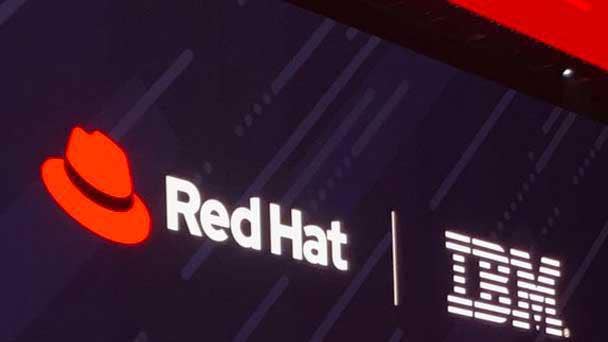
The Fourth Platform
IBM and Red Hat have dubbed the approach to infrastructure they’re advancing in the market, one that seamlessly spans public clouds and private data centers, “the fourth platform.”
“I think we’ve identified an opportunity that enterprises in general are going to have to consume services from a lot of different clouds. Different clouds have different services. They’re going to have to use different ones. And they’re going to have things on-premises that are going to stay on-premises for regulatory reasons or cost reasons or just data gravity reasons.”
“And so, there’s a need for kind of a horizontal infrastructure that cuts across all of those. And so, we call that the fourth platform. And it’s basically a fabric that lays down across on-premises and public cloud.”
“When you think about laying down an infrastructure layer, no individual company does that by themselves. Infrastructure layers are ecosystem led by definition.”

Light Up An Ecosystem
When IBM CEO Arvind Krishna (pictured) and Whitehurst moved into their new leadership positions at Big Blue last April, a strategy was introduced that centers around “how we really light up an ecosystem.”
“Whether that is startups working on our platforms, channel partners, ISVs, SIs. Kind of broadly, how do we build an ecosystem of people working with our platforms to help us kind of help land that as a standard, which ends up being good for all of us?”
Supporting that effort is IBM’s new Red Hat Marketplace launched earlier in the month.
“It’s the Red Hat Marketplace by IBM. So it’s branded Red Hat because it sits on a technology platform that’s branded Red Hat, but it’s offered by IBM to help bring ISVs onto this platform.”

More Partners
At the IBM Think conference back in May, Big Blue announced a large investment in its hybrid cloud ecosystem that prioritized the work of its channel partners.
“Across the board, we’re looking for more partners,” Whitehurst said in his Best of Breed session.
“That is about getting the right partners onboard, getting kind of just that broad set of partners.”
“We continue to drive significant kind of activity across all aspects of the ecosystem. And again, it’s not that IBM hasn’t in the past been very aggressive in working with our partners, but now it becomes really central to our strategy as we work to win the hybrid cloud platform, which is why you’re seeing so much more interest from us as it becomes central to how we’re going to succeed going forward.”
In recent months, IBM has onboarded 60 different partners to working with its Financial Services Cloud, Whitehurst noted.

Channel-First Infrastructure Providers
Successful IT infrastructure providers always prioritize going to market through their channel, Whitehurst said.
“You think about, for older generations of technology, whether it’s Microsoft or VMware or Citrix or Cisco: channel-first.”
“So it’s not a choice for us to really go in and work with a set of partners to be successful if our strategy is around being this fourth platform provider … this ubiquitous single platform that a developer or an ISV can write an application that can run across on-premises and across clouds. That strategy, a horizontal infrastructure strategy, has only been successful from companies that are really focused on building a partner-first model in how they go to market, which is why you’re seeing us talk so much about it.”
“It’s why I’m here talking to you. It’s why we’ve talked about these investments we’re making around a hybrid cloud ecosystem. It’s central to our strategy.”
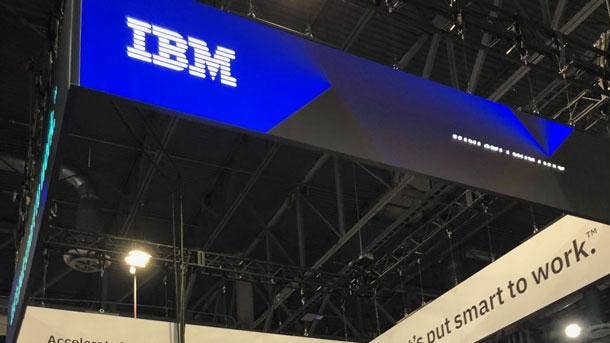
Enabling Mid-Market Moves
IBM is a powerhouse in the large enterprise, but the company believes it also has the technology to serve smaller customers that are more likely to buy through and engage with the channel. Helping partners penetrate the mid-market is at the core of IBM’s ecosystem strategy, Whitehurst said.
“We’re really investing hard in a whole set of channel programs to really work to say, how do the next 4 or 5,000 enterprises out there access both Red Hat and IBM technologies.”
“It’s like we’re going to have to rely on a very, very broad ecosystem to do that, so it is putting in place programs and enablement.”
“We’re investing heavy around enablement, heavy into joint technical work with a whole set of partners, heavy into incentives to work to drive into that whole next tier.”
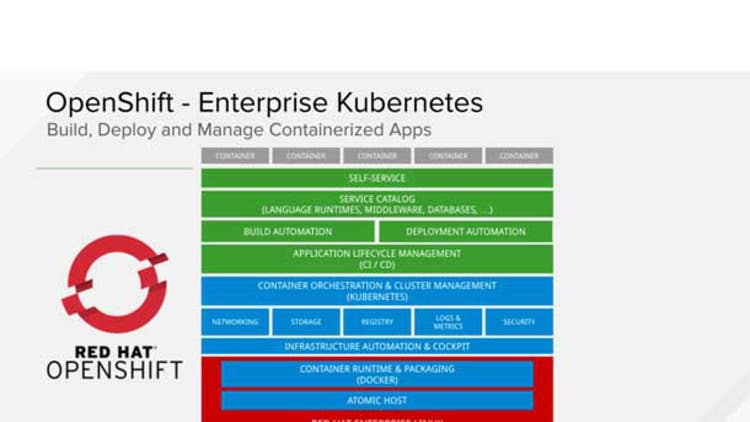
Landing a Platform
“Landing a platform”—the process of getting enterprises to buy-in to developing and deploying their applications on Red Hat OpenShift—is a virtuous circle.
“People buy the platform because there’s a lot of workloads on the platform. People build workloads for the platform because a lot of people use their platform.”
That’s why IBM is investing heavily in a series of Cloud Paks that deliver IBM solutions packaged in OpenShift.
“Having the IBM landed software stack on the platform dramatically increases the value of the platform and the platform itself makes the value of IBM’s assets that run on it kind of more valuable.”
“Given the just tremendous growth around the platform just creates enormous opportunity across kind of all aspects in the partner ecosystem.”

A Year From Normalcy
“I think we’re probably a year away, solidly a year away from we’re coming back to some type of normalcy,” Whitehurst said of the current coronavirus pandemic and the economic disruptions it has caused.
“So 2021 will feel a lot like where we are right now. And what that means, and what we are seeing certainly across our portfolio of products – we have a set of products that’s going gangbusters and some that are frankly shrinking, and a lot has to do with how do they fit in today’s context. So things that are easy to install and use, that can be installed remotely, SaaS, consumption-oriented products are really going well and we’re seeing tons of traction there. Things that require big, heavy on-premises, onsite kind of projects, those are a little tougher right now.”
“Let’s assume budgets are going to be, I’m going to say flattish to up very slightly next year. But the makeup of those are going to be much more around the digital transformation-oriented types of projects that are … when people aren’t necessarily getting in a room together.”
“And so, a lot of SaaS, a lot of consumption orientation. It’s one of the reasons we’re investing so hard around Cloud Paks to make our software much easier and more frictionless to use.”
“I think that’s what we’re seeing going into next year. So I’m a real optimist for technology for next year, but the mix within that, it’s just going to continue to look a little different as it has kind of through the middle of this year.”

Black Hat Hackers Targeting Work-From-Home
IBM’s security portfolio has been an overall area of success, Whitehurst said, and also has provided Big Blue an advantage in coping with the sudden workforce disruptions caused by the coronavirus pandemic.
“It’s really nice when you have a very large security organization as part of your company because literally within ten days we had everybody at IBM up and working at home fully efficient … And a big part of being able to do that was our ability to feel confident in our security posture and a lot of that’s because obviously we’re in the security business so we had extraordinary expertise to leverage.”
Hackers are looking to exploit the shift to remote work, he said.
“It’s clear that the black hat hackers clearly must be sitting around at home because they have a lot of time to hack away. I mean we really are seeing a significant increase in the level of security activity.”
“Focusing on that is going to be critical as we go forward because, again, as people are distributed, you can just think of it as, you know what, as someone once said to me, hacking isn’t the Russians coming in through the skylights. It’s somebody checking every single window to see if one’s open. And if all of a sudden you start to say all my employees are remote, I have 1,000 times as many windows, how do I make sure not a single one of those is actually unlocked because with the automated tools of today, somebody’s going to find that. So really making sure that you have automated practices around that.”
That threat creates opportunities for the channel.
There’s “a clear need and generally the budgets are there, frankly, in enterprises because everybody understands the risk.”
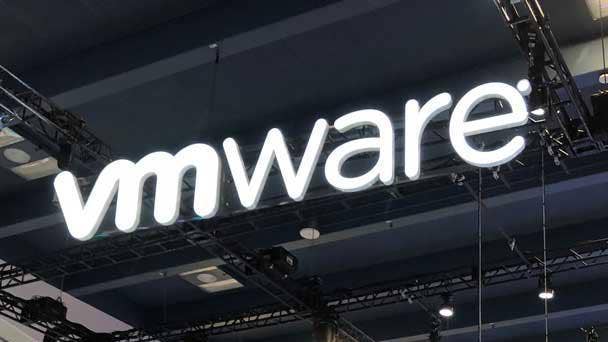
Red Hat vs VMware
Whitehurst isn’t worried about enterprise stalwarts VMware and Hewlett Packard Enterprise challenging IBM subsidiary Red Hat, the company he led until recently, in the all-important Kubernetes market.
“Dell is trying to make this next-generation cloud-native an extension of VMware and vSphere,” Whitehurst said, referring to vSphere 7, the first release of the industry’s leading virtualization platform to incorporate container orchestration technology.
“The entire operating model for how you build and run applications for a virtual machine is fundamentally different than how you do it in a more cloud-native, stateless way.”
“It’s not that you can’t plug the technology in … VMware is showing you can. But if you’re not changing the whole operating model, you’re not getting the value out of it.”
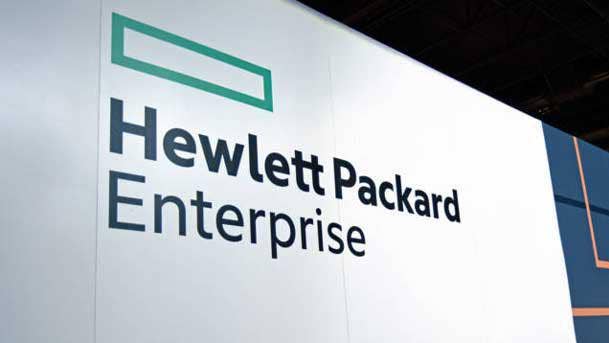
Red Hat vs HPE
Whitehurst said he’s read up on HPE Ezmeral, a platform packaging Kubernetes with machine learning technology acquired through BlueData and a file system from MapR.
The platform “sounds quite compelling,” he said.
“The problem with that is the capability of taking open source software and delivering an enterprise-grade product and supporting that over a long period of time is difficult.”
“If you haven’t built the engineering capabilities in those projects to be able to take a version and support it through a lifecycle, you run into all kinds of support and stability issues.”
“The technology roadmap is littered with people who say, oh, I’m going to take this open source stuff and I have support people who get it. But they haven’t brought in large teams that are upstream contributors engaged in those projects. They’ve never been successful.”